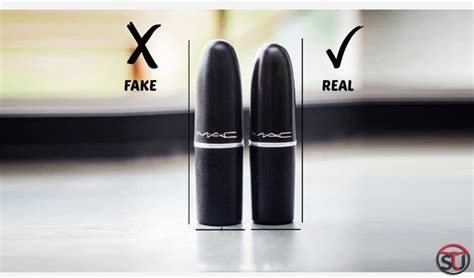How to Identify Fake Products: A Comprehensive Guide
1. What Are the Key Signs of a Fake Product?
With the rise of counterfeit goods, knowing how to spot fake products is crucial. There are several tell-tale signs that can help you distinguish a fake product from the real deal. Here are 10 key indicators to look out for:
1. Price Discrepancy: If a product’s price is drastically lower than the retail price, it may be a red flag. While some legitimate discounts exist, be cautious of prices that seem too good to be true.
2. Packaging Quality: Counterfeiters often cut costs on packaging. Check for spelling mistakes, low-quality printing, or off-brand logos. Authentic brands take great care in their packaging, ensuring premium quality.
3. Product Materials: Fake products are usually made with inferior materials. Whether it’s a handbag, electronics, or clothing, feel the texture and weight to determine if it aligns with what you expect from a genuine product.
4. Seller Reputation: Always buy from trusted sellers, whether online or in-store. Avoid unknown vendors, especially on platforms like social media or marketplaces that lack buyer protection policies.
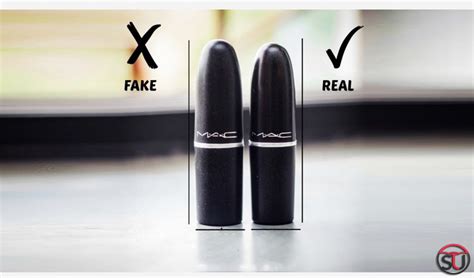
5. Incorrect Branding: Examine the logo carefully. Even slight deviations in color, font, or placement can indicate a fake product.
6. Serial Numbers: Many high-end products, especially electronics, come with serial numbers. Use these to verify authenticity on the manufacturer’s website.
7. Lack of Warranty or Documentation: Authentic products come with proper documentation and warranties. If a product lacks these, it’s a strong indicator that it may be fake.
8. User Reviews: Before purchasing online, check user reviews. If a seller has a history of selling counterfeit items, it’s likely that previous buyers have mentioned this in their reviews.
9. Return Policy: Genuine retailers usually offer a reasonable return policy. If the return policy is overly strict or nonexistent, be cautious.
10. Unusual Seller Requests: Be cautious if a seller asks for unusual payment methods like wire transfers or cash payments, as this can be a sign of fraud.
2. How Can You Identify Fake Products on Online Marketplaces?
Online shopping has opened doors for counterfeiters. Here’s how you can identify fake products on platforms like Amazon, eBay, and others:
1. Check the Seller’s Feedback: Look for consistent positive feedback over a long period. Sellers of counterfeit products often have mixed or low ratings, with complaints about product quality.
2. Analyze the Product Description: Genuine sellers provide detailed descriptions, specifications, and high-quality images. Vague or overly general product descriptions can be a sign of a fake product.
3. Compare Prices: If the price is significantly lower than the market rate, be cautious. While discounts are common, extreme price drops are often a red flag for fake goods.
4. Look for Authenticity Badges: Platforms like Amazon have features like “Amazon Verified” or “Sold by [brand]” to authenticate products. Ensure that these badges are present when purchasing high-value items.

5. Check Product Reviews: Reviews are a great way to gauge the quality and authenticity of a product. Look for detailed, verified buyer reviews. Be wary of products with overly positive or overly negative reviews, as fake reviews are also common.
6. Inspect the Images: Genuine listings usually have multiple high-quality images, often showing the product from different angles. If the images look too generic or are stock photos, it could be a fake product.
7. Contact the Seller Directly: Legitimate sellers will provide clear communication. Ask questions about the product, especially if it’s high-value. A lack of responses or unclear answers can be a warning sign.
8. Use Buyer Protection Programs: Most online marketplaces offer some form of buyer protection. Ensure the platform offers a money-back guarantee or other buyer protections.
9. Check the Return Policy: Like in physical stores, online sellers with overly strict return policies might be selling counterfeit goods. A reasonable return policy signals a higher chance of an authentic product.
10. Examine Shipping Methods: Watch out for sellers offering unrealistic shipping times or using vague courier services. Fake sellers often try to delay delivery times to avoid quick negative feedback.
3. How to Identify Fake Designer Goods?
Luxury brands like Louis Vuitton, Gucci, and Chanel are frequently counterfeited. Here’s how you can spot fake designer products:
1. Inspect the Stitching: High-end brands use precise stitching. Crooked seams or loose threads are major signs of a fake product.
2. Review the Brand’s Signature Marks: Brands often include specific design elements, such as hardware engravings or hidden logos. Make sure these are present and correctly placed.
3. Evaluate the Material: Authentic designer products are made with high-quality materials. Cheap leather, plastic zippers, or light fabrics can indicate a counterfeit item.
4. Check the Authenticity Card: Designer goods come with authenticity cards, serial numbers, or holographic labels. Always compare these with the information available on the brand’s website.
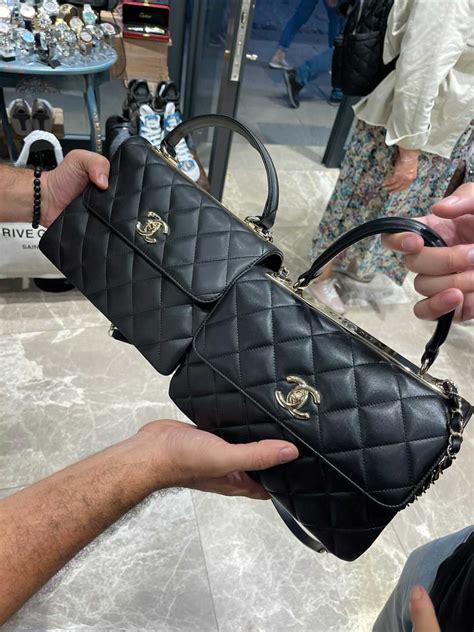
5. Compare to an Original: If possible, compare the item with one bought directly from the designer store. Look for differences in weight, stitching, or logo placement.
6. Smell the Leather: High-quality leather has a distinct smell, while fake leather often smells like plastic or chemicals.
7. Analyze the Packaging: Designer brands invest in luxury packaging. Flimsy boxes, lack of branded tissue paper, or low-quality dust bags are signs of a fake.
8. Consider the Seller: Always buy designer products from authorized retailers. Avoid buying high-end items from unverified sellers, especially on social media or auction sites.
9. Research the Product Details: Go to the brand’s official website to research the product. Pay close attention to the product’s features, such as the size, color, and design details.
10. Use Authentication Services: Many services are available that can authenticate designer goods based on photos or in-person inspections. These services can help confirm whether a product is genuine.
4. How Can You Spot Fake Electronics?
Counterfeit electronics pose serious risks to both your device and safety. Here’s how to identify fake electronics:
1. Check the Packaging: Legitimate electronics manufacturers use sturdy, well-printed packaging. Fake products may come in cheap, flimsy boxes with misspellings or poor-quality images.
2. Verify the Serial Number: Always check the serial number of an electronic device and verify it on the manufacturer’s website to ensure its authenticity.
3. Inspect the Charger and Accessories: Fake electronics often come with low-quality chargers and accessories that don’t meet safety standards. Examine the weight and materials of any included accessories.
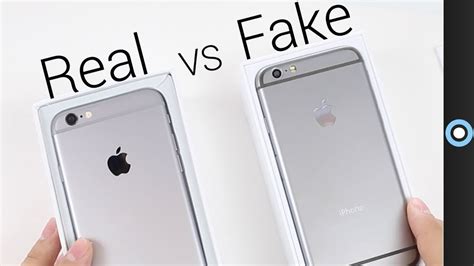
4. Look for Certification Marks: Authentic electronics should carry certifications, such as CE or FCC marks, to prove they meet safety standards. Missing or incorrectly printed marks are red flags.
5. Test the Device: Genuine electronics perform smoothly, while counterfeit products may be slow, glitchy, or incompatible with certain apps and features.
6. Compare with the Original: If possible, compare the electronic device with an original one from an authorized retailer. Small differences in weight, logo placement, or screen brightness can indicate a counterfeit.
7. Avoid Third-Party Sellers: Only buy electronics from authorized sellers, whether online or in-store. Avoid buying from third-party sellers or marketplaces without robust buyer protection policies.
8. Pay Attention to the Price: If the price is significantly lower than expected, it could be a fake product. Electronics are rarely discounted heavily, so be wary of deals that seem too good to be true.
9. Look for Manufacturer Support: Most genuine electronics come with manufacturer support, including warranties and customer service options. Lack of these can indicate a counterfeit product.
10. Review Customer Feedback: Read reviews from other buyers. If multiple people mention receiving counterfeit products, it’s best to avoid that seller.
5. How to Identify Fake Perfumes?
Counterfeit perfumes are widespread, and spotting a fake requires careful observation:
1. Examine the Bottle: Authentic perfumes have high-quality bottles with smooth edges and precise logos. Fake bottles may have uneven glass or logos that peel off easily.
2. Smell the Fragrance: The scent of counterfeit perfume often fades quickly or smells off compared to the genuine product. Authentic perfumes are long-lasting and have consistent notes.
3. Check the Packaging: Genuine perfumes have cellophane that is tightly wrapped around the box, while fake perfumes may have loosely wrapped or poorly glued packaging.
4. Look at the Batch Number: Perfume manufacturers stamp a batch number on the box and bottle, which can be verified on the brand’s website.
5. Check for Misspellings: Always check the packaging for any spelling or grammatical errors. Fake products often have poor-quality printing and text.
6. Analyze the Liquid Color: Authentic perfumes usually have a consistent color, while fake products might have a different shade or even a cloudy appearance.
7. Compare the Weight: Genuine perfume bottles are often heavier due to better-quality materials. Fake bottles are usually lighter and may feel flimsy in comparison.
8. Review Customer Feedback: As with other products, checking online reviews can help you identify if a seller has a history of selling counterfeit perfumes.
9. Look for a Manufacturer’s Seal: Genuine perfumes often have a manufacturer’s seal or holographic label that’s difficult to replicate.
10. Purchase from Authorized Retailers: Always buy perfumes from official retailers, either in-store or online, to ensure you are getting a genuine product.
6. How to Identify Fake Watches?
Fake watches are common, especially for luxury brands like Rolex and Omega. Here’s how to spot a fake:
1. Check the Weight: Genuine luxury watches are often made with high-quality materials, making them heavier than counterfeits, which use cheaper materials like aluminum or plastic.
2. Inspect the Movement: Luxury watches have smooth, precise movements. If the second hand on a watch ticks instead of sweeping smoothly, it’s likely a fake.
3. Look for Laser Engravings: Many high-end watches have intricate engravings, often on the back of the case. Fake watches may have poorly done or missing engravings.
4. Review the Documentation: Authentic watches come with warranty cards, certificates of authenticity, and proper packaging. Lack of this paperwork is a strong indication of a fake.
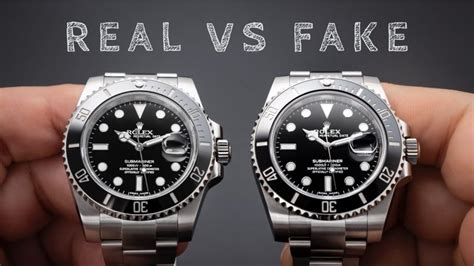
5. Examine the Logo: High-end watchmakers pay close attention to branding. Look for minor differences in the logo, especially in the font and spacing, which could signal a counterfeit watch.
6. Analyze the Materials: Genuine watches are often made with high-end materials like gold, stainless steel, or sapphire crystal. Fake watches use cheap alternatives that wear out quickly.
7. Check the Serial Number: Each luxury watch comes with a unique serial number that can be checked with the manufacturer. If the number is missing or doesn’t match, it’s a fake.
8. Listen to the Sound: Genuine watches run quietly, with almost no ticking noise. Loud ticking can indicate a cheap movement inside a fake watch.
9. Test the Water Resistance: Many luxury watches are water-resistant. If the watch fails a basic water test, it could be a counterfeit product.
10. Buy from Authorized Dealers: The best way to ensure you’re buying an authentic luxury watch is to purchase from an authorized dealer. Avoid buying from unknown online vendors or private sellers.
FAQ
- How can I tell if a product is fake?
- What should I look for when purchasing from online marketplaces?
- Are there specific materials that fake products use?
- How can I check the authenticity of electronics?
- What are the risks of buying counterfeit goods?
- Can counterfeit products be returned?
- What is the best way to avoid purchasing fake goods?

